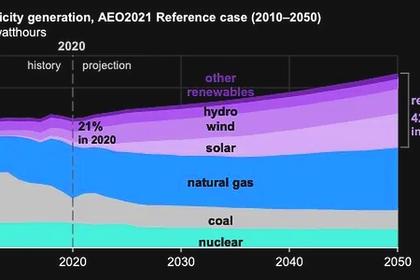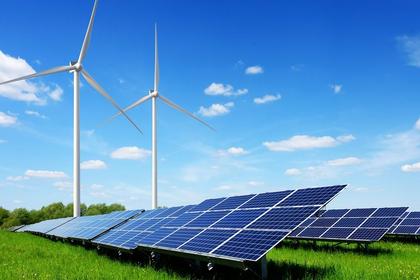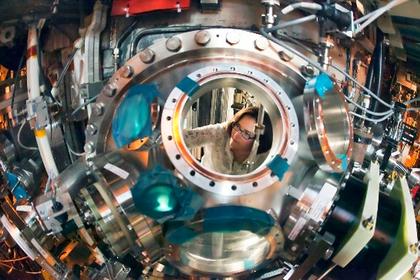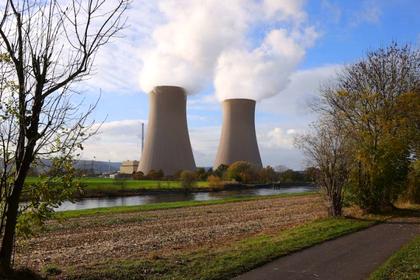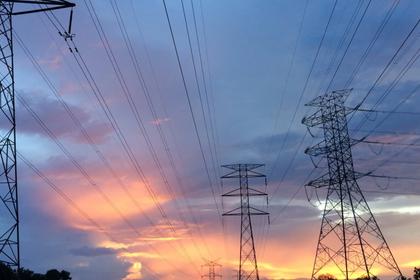
U.S. RENEWABLES GROWTH
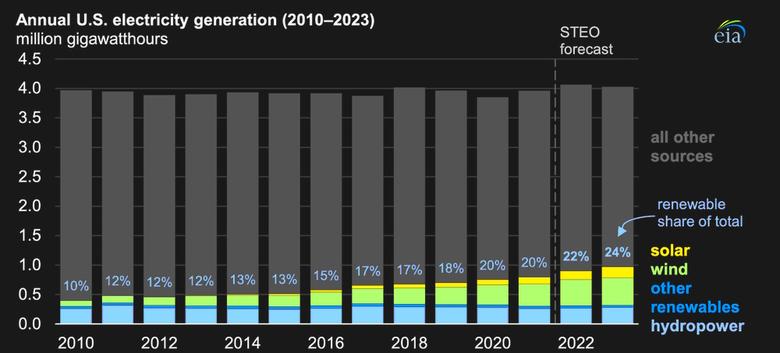
By KEN BOSSONG Executive Director, SUN DAY Campaign
ENERGYCENTRAL - Feb 9, 2023 - Based upon a review by the SUN DAY Campaign of data newly released by the Federal Energy Regulatory Commission (FERC), renewable energy sources (i.e., biomass, geothermal, hydropower, solar, wind) provided nearly three-quarters (74.1%) of new utility-scale generating capacity in the U.S. last year.
New utility-scale solar capacity was 9,924 megawatts (MW) or 39.6% of the total ... and that does not include small-scale distributed PV systems. New wind capacity provided 8,512-MW or 33.9% of the total. Solar and wind each comfortably surpassed the 6,469-MW of new natural gas capacity (25.8%).
Including geothermal (90-MW), biomass (31-MW), and hydropower (24-MW), capacity additions by the mix of renewable energy sources accounted for 18,581-MW of the 25,085-MW in new generating capacity by all sources. Oil added 18-MW and nuclear increased by 17-MW; there were no new additions reported for coal.
Thus, by the end of 2022, renewable energy sources collectively provided 27.3% of the total available installed generating capacity in the U.S. with wind's share - 143,280-MW - being 11.4% and that of solar - 80,400-MW - expanding to6.4%.
For perspective, renewables' share of U.S. generating capacity was 24.1% in December 2020 and only 17.8% in December 2015.
The recent growth in new solar and wind generating capacity significantly surpasses that which had been forecast by FERC just three years earlier. At that time, FERC had reported that "high probability" additions of new solar between January 2020 and December 2022 would total 19,973-MW. Instead, new solar capacity grew by 38,530-MW -- virtually double FERC's forecast.
Similarly, FERC had anticipated 26,403-MW of net "high probability" new wind capacity to be added during that three-year period. Instead, wind grew by 41,350-MW or 56.6% more than forecast.
Looking forward, FERC is now projecting that over the next three years - i.e., through December 2025, net "high probability" solar capacity additions could total 75,642-MW and thereby nearly double solar's current capacity. Moreover, "all additions" in the three-year solar pipeline could actually total 214,006-MW. Meanwhile, FERC expects net "high probability" wind additions to total 18,211-MW, representing a 12.7% increase, with the possibility of all net additions reaching 76,012-MW.
On the other hand, net "high probability" additions for natural gas would be only 511-MW - a figure lower than the net "high probability" additions for just hydropower (574-MW). The situation is even grimmer for the other fossil fuels with coal capacity projected to fall by 26,715-MW and that of oil to decline by 1,728-MW. FERC also foresees total nuclear capacity decreasing by 123-MW.
If FERC's three-year forecast proves accurate, by the end of 2025, renewable energy sources would account for almost a third (33.0%) of total available installed generating capacity in the U.S. Of that, wind and solar would account for nearly equal shares: wind - 12.2% and solar - 11.8%.
Keeping in mind, however, the degree to which FERC underestimated wind and solar growth during the past three years, U.S. generating capacity by the mix of all renewables by 2025 could end up being significantly higher than FERC now expects.
Renewable sources, led by solar and wind, are now adding almost two percentage points each year to their share of the nation's electrical generating capacity. If that pace continues or accelerates - as seems likely - renewables will be providing a third of total installed generating capacity within three years and quite possibly more.
This thought leadership article was originally shared with Energy Central's Generation Professionals Group. The communities are a place where professionals in the power industry can share, learn and connect in a collaborative environment. Join the Generation Professionals Community today and learn from others who work in the industry.
-----
Earlier:


